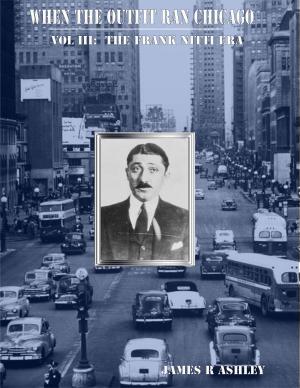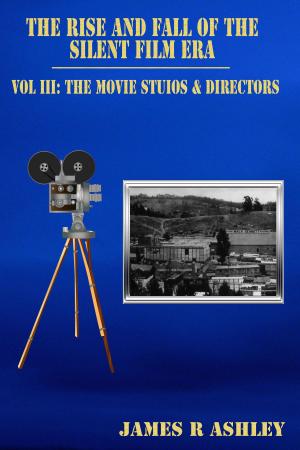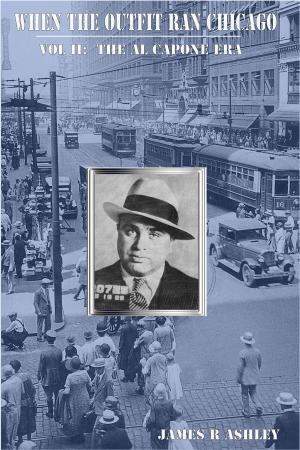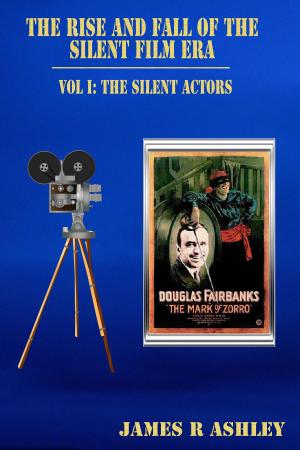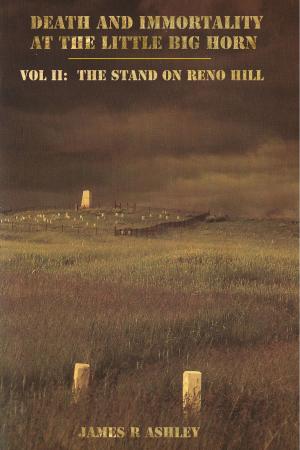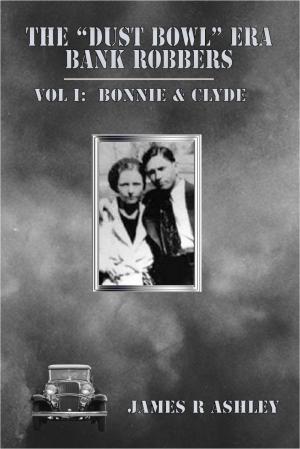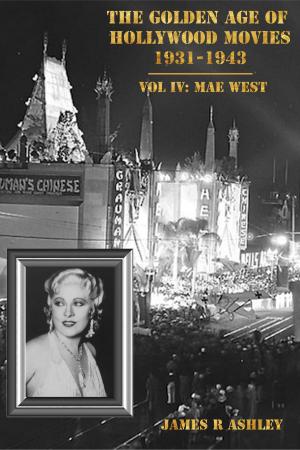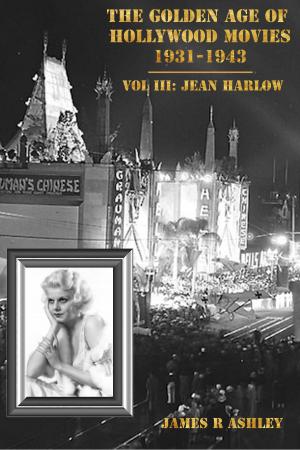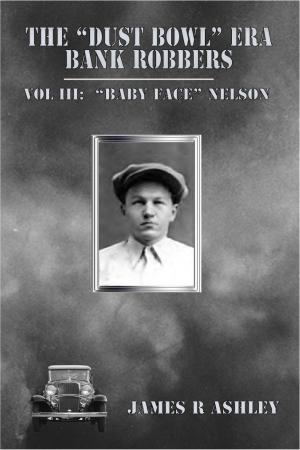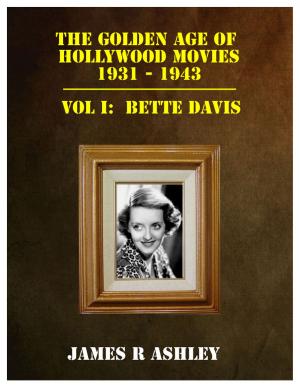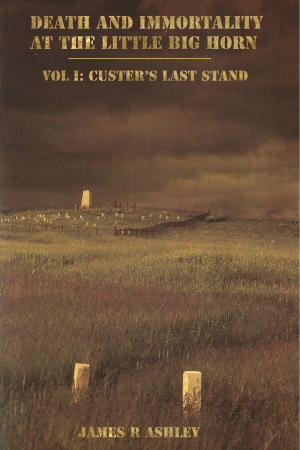| Author: | James R Ashley | ISBN: | 9781301739721 |
| Publisher: | James R Ashley | Publication: | July 22, 2013 |
| Imprint: | Smashwords Edition | Language: | English |
| Author: | James R Ashley |
| ISBN: | 9781301739721 |
| Publisher: | James R Ashley |
| Publication: | July 22, 2013 |
| Imprint: | Smashwords Edition |
| Language: | English |
The motion picture industry started out ridiculed and despised at the end of the 19th Century and beginning of the 20th Century. The first movies in the 1890s were shown in vaudeville; then in penny arcades; then in nickelodeons. In the penny arcade one deposited a penny in a small machine and saw though an eye-piece a number of flip cards go by in rapid succession simulating movement. Later the machines would accommodate a small filmstrip spooling by. The penny arcades were usually located in poor neighbors and appealed to immigrant men who had little command of the English language. The suggestive pictures played on the machines gave the penny arcades a bad name and made respectable men and all women & children reluctant to patronize them.
Nickelodeons were a step forward in some cases and a step backwards in others. Patrons could see a 16-minute moving picture displayed on a sheet or on a white wall for 5 cents. That was the good part. The bad parts were that there were virtually no coherent storylines and the venues these films played in were in no way inferior to the black hole of Calcutta. They were frequently converted buildings with no widows; no ventilation; and frequently smelling of sweat, perspiration, and urine. Pickpockets and prostitutes regularly plied their trade in those sweatboxes to good effect, adding additional unpleasant smells.
With the lengthening of films from 1-reelers to feature films of 3- to 4- reelers improved storylines were developed that allowed theater owners to charge a higher price for the ticket. This, in turn, allowed theater owners to upgrade their viewing premises and were thus able to constantly increase their ticket prices and upgrade their viewing venues in a continuing cycle. By the end of the silent film era high-end movie theaters were being designed after opulent European opera houses, complete with enormous rooms where wealthy women could change their attire and jewelry during each of the 3 to 4 intermissions.
In two decades the silent film era actress had developed the art of pantomime to its highest level. But as night follows day, the era ended almost quickly as it had begun. In 1927 the Jazz Singer was released and people became hooked on sound. Dialogue made most of the silent actresses passé. Their exaggerated facial expressions and body pantomime were replaced with spoken dialogue. Actresses now had to express those qualities with their voices and this doomed a number of the silent actresses to extinction: the “New York honk” doomed Clara Bow, and Constance & Norma Talmadge, and a heavy foreign accent did the same for Pola Negri. The onset of the Great Depression also changed the complexion of movies, with the light-hearted comedies, sob-sister romances, and period spectaculars being replaced by message films, gangster films, westerns, science fiction, and horror films. This switch took out Theda Bara, Louise Brooks, Florence Lawrence, and Mary Pickford.
They are all gone now but what a trail they blazed across the sky. They had entered a new and exciting industry and single-handedly elevated it into an art form. The way they dressed, the way they acted, the way they lived became the object of the greatest interested to their millions of fans who sought to emulate them in every way they could. For better or worse they set standards of behavior and expectations of that era. We cannot understand ourselves without understanding how we got here and this book is written to shed some light on days long gone when our grandparents had their lives forever altered by the great silent film actresses and they became part of what we have become today.
The motion picture industry started out ridiculed and despised at the end of the 19th Century and beginning of the 20th Century. The first movies in the 1890s were shown in vaudeville; then in penny arcades; then in nickelodeons. In the penny arcade one deposited a penny in a small machine and saw though an eye-piece a number of flip cards go by in rapid succession simulating movement. Later the machines would accommodate a small filmstrip spooling by. The penny arcades were usually located in poor neighbors and appealed to immigrant men who had little command of the English language. The suggestive pictures played on the machines gave the penny arcades a bad name and made respectable men and all women & children reluctant to patronize them.
Nickelodeons were a step forward in some cases and a step backwards in others. Patrons could see a 16-minute moving picture displayed on a sheet or on a white wall for 5 cents. That was the good part. The bad parts were that there were virtually no coherent storylines and the venues these films played in were in no way inferior to the black hole of Calcutta. They were frequently converted buildings with no widows; no ventilation; and frequently smelling of sweat, perspiration, and urine. Pickpockets and prostitutes regularly plied their trade in those sweatboxes to good effect, adding additional unpleasant smells.
With the lengthening of films from 1-reelers to feature films of 3- to 4- reelers improved storylines were developed that allowed theater owners to charge a higher price for the ticket. This, in turn, allowed theater owners to upgrade their viewing premises and were thus able to constantly increase their ticket prices and upgrade their viewing venues in a continuing cycle. By the end of the silent film era high-end movie theaters were being designed after opulent European opera houses, complete with enormous rooms where wealthy women could change their attire and jewelry during each of the 3 to 4 intermissions.
In two decades the silent film era actress had developed the art of pantomime to its highest level. But as night follows day, the era ended almost quickly as it had begun. In 1927 the Jazz Singer was released and people became hooked on sound. Dialogue made most of the silent actresses passé. Their exaggerated facial expressions and body pantomime were replaced with spoken dialogue. Actresses now had to express those qualities with their voices and this doomed a number of the silent actresses to extinction: the “New York honk” doomed Clara Bow, and Constance & Norma Talmadge, and a heavy foreign accent did the same for Pola Negri. The onset of the Great Depression also changed the complexion of movies, with the light-hearted comedies, sob-sister romances, and period spectaculars being replaced by message films, gangster films, westerns, science fiction, and horror films. This switch took out Theda Bara, Louise Brooks, Florence Lawrence, and Mary Pickford.
They are all gone now but what a trail they blazed across the sky. They had entered a new and exciting industry and single-handedly elevated it into an art form. The way they dressed, the way they acted, the way they lived became the object of the greatest interested to their millions of fans who sought to emulate them in every way they could. For better or worse they set standards of behavior and expectations of that era. We cannot understand ourselves without understanding how we got here and this book is written to shed some light on days long gone when our grandparents had their lives forever altered by the great silent film actresses and they became part of what we have become today.

